The Lussonium was part of the limes of the Danube in the age of the Roman Empire. It is located in Dunakömlőd, suburb of Paks, nowadays it is the only restored ruin garden from the age of the Roman Empire in Tolna County and it could be part of the World Heritage soon.
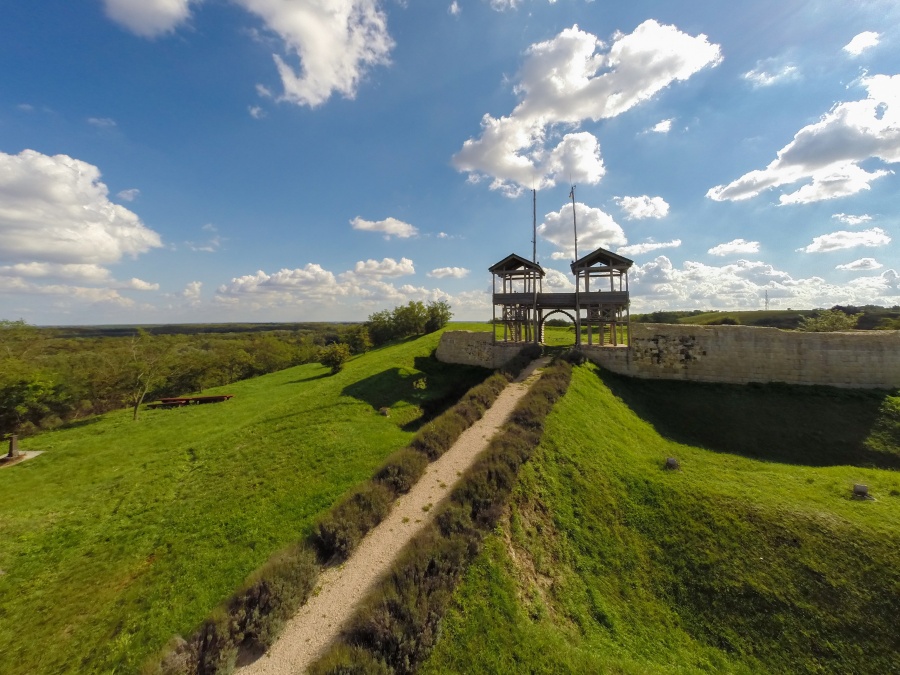
If we approach Dunakömlőd from the main road number 6, we will see from far the formal roman fortress’ northern gate. The more and more beautiful ruin garden, which opened in 2003, is approachable from the steep street of the Sánc hill. The existence of the former military base is verified by a military diploma, which was discovered more than 40 years ago, by Dr. Zsolt Visy, an archeologist and professor of the University of Pécs. In this locality of Dunakömlőd, excavations are in progress for more than 25 years, with the lead and vocational counselling of the professor.
The results of excavations are in the ruin garden, while the rich artifacts are parts of the permanent exhibition of the Town Museum.
Among the Danube, which was part of the border of the former province, there was a special reinforced military line called the limes, built by roman conquerors in the end of the 1st century, beginning of the 2nd century. This military line consisted of fortresses and watchtowers. The military base (castrum), which was built in Bottyán hill of Dunakömlőd, was part of this line, called Lussonium. According to the structure of borderline, there could be several watchtowers in the area of Paks.
The crew of the watchtowers consisted of lussonium cohors soldiers, which meant a foot soldier unit around 500-1000 people. Beside the military base, there was an upcountry settlement, a civilian settlement (vicus) in the area of Dunakömlőd, which belonged to the base. Smaller, partially self-sufficient villa economies and partially romanizated villages of the local population were also discovered in the area of Paks and Dunakömlőd.
The analyzation of artifacts and objects, which were explored during excavations, allude to the existence of the first fort of the auxiliary regiments, during the reign of emperor Claudius (41-54 AD), which means it was built in the middle of the 1st century AD, and was used in the 2nd century AD. It was also helpful to engross the extension and rampart system of the late roman fortress. During excavations, the northern fortification system of the fortress, defensive ditches, two southern gate towers and several 1,3 m wide walls of the fortress were explored. In the inside of the building’s southern wall, there was a barrack room, which had an entry underpinned with wooden pillars (porticus). In the late roman age (end of the 4th century AD), when the fortress was no longer used, they built a little fortress a few meters to the north from the southern gate tower. This was a 10 x 9 m tower, which was used after the surrender of the province, in the beginning of the migration period. Relics from the age of the Roman Empire, which were exploded during excavations started in the last century take nowadays, let us draw the conclusion of, during the roman emperorships for four centuries, there was a continous life and romanizated culture in this area.
During excavations, several tombstones, altars and inscription fractions were explored. Among these, one has a great importance, the so-called relief of Mithras, which is an embossed stone, which represents Mithras, the bull-slayer, a famous oriental god of Pannonia. The cult of Mithras was popular and prevalent in Pannonia during the 2nd-3rd century, even as the cult of Iuppiter Dolichenus, who had syrian origins. A pair of triangle shaped bronze sheets, which represent Iuppiter Dolichenus were discovered in 1815, allude to a significant community respected Iuppiter, lived in the Lussonium.
In 1996, there was a probe excavation in the hill to west from the Bottyán hill, during this excavation, remains of a settlement (cesspits, catchments, poricus house by rock foundation), which belonged to the vicus were discovered from the 3rd-4th century.
In 1998, a systematic excavation has started.
In 2003, the southern gate of the roman fortress, the hutments to north and the late roman little fortress were reconstructed as monuments.
In 2008, there was the ceremonial opening of the reconstruction of the northern wall and gate tower of the fortress. Ágnes Harsányiné Vladár, Ybl-award architect, made the final construction drawings of the monument's reconstruction.
In 2009, a rare artifact was exploded. It was the leg of a bronze statue, which represented a roman emperor in military formal uniform. This almost undamaged artifact, which is more than 70 centimetre, was succesfully reconstructed.
Among Austria, Poland, Germany and Slovakia the Cultural Heritage Defence Office, the University of Pécs and the Municipality of Paks joined from Hungary to the Danube Limes UNESCO World Heritage program. The project has started in autumn of 2008, the aim is to nominate the center-european part of the Danube limes, as an archeological monument, which belongs to the European cultural herritage, to the UNESCO World Heritage list. The aim of the professionals to estimate architectural herritage and make an intruduction plan, and later, a feasibility plan, with the help of the townships concerned, which represents that, this part of the limes how could join to the World Herritage program (later it will introduce the whole roman border). Within the confiness of this project, the Lussonium will get a floodlight and a welcome building in the territory of the military base.
No need for previous check-in. Free visit between 1st March and 10th December. Visit with a tour guide: please call the phone number of the Town Museum or write an e-mail.
Source: Dr. Zsuzsanna Váradyné Péterfi (Museum Director)
IMPORTANT INFORMATION: The Lussonium is under construction until 2020 Spring so it is closed at the moment. Please DO NOT VISIT the ruin garden because it is dangerous! Thank you for your understanding.
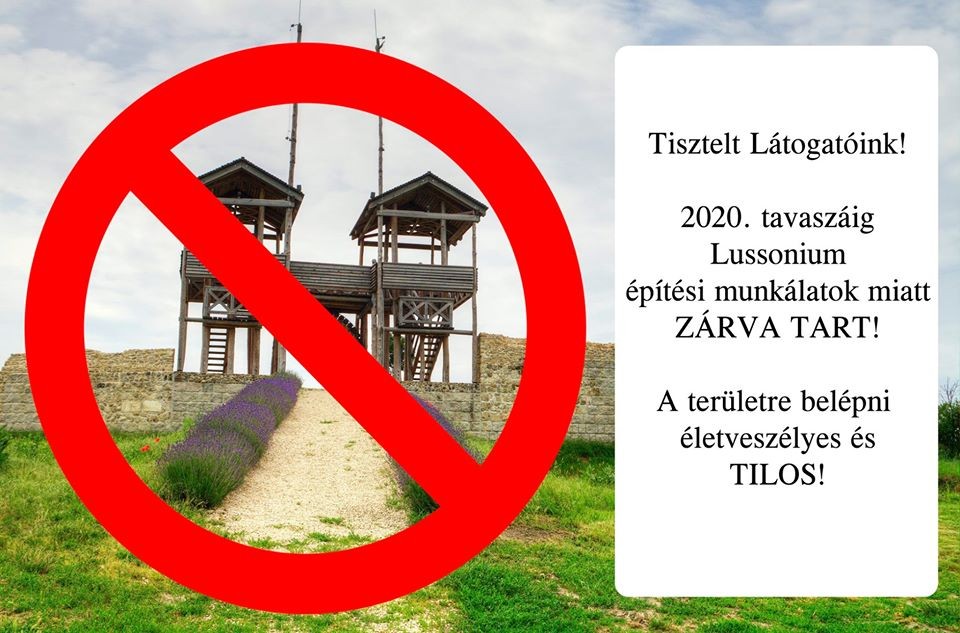
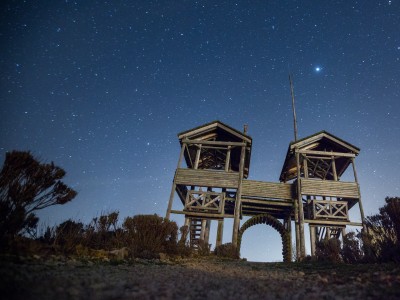
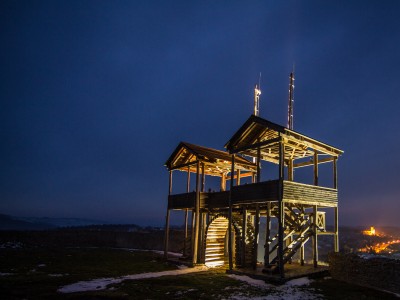
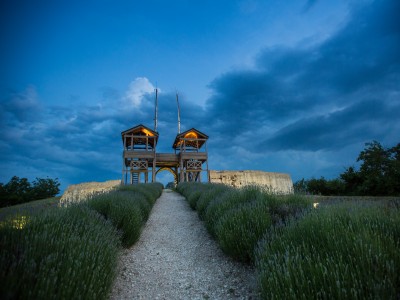
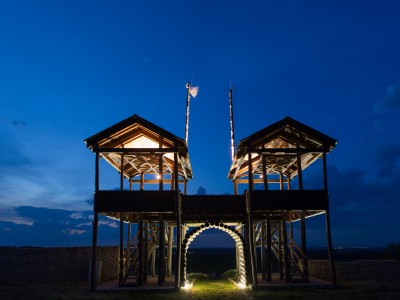
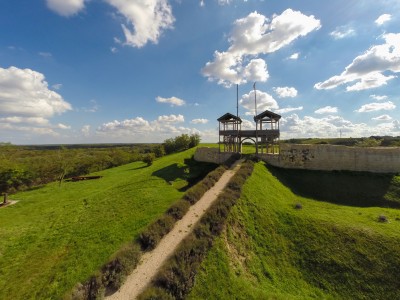
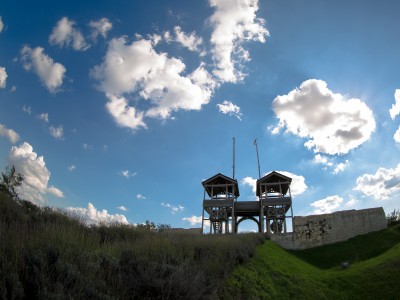

| Town Museum of Paks / Glimpses of Paks | |
| Address: | Deák Ferenc street 2-4., Paks, 7030 |
| Phone: | +36 (75) 830-373 |
| E-mail: | muzeum.infopaks.hu
|
| Website: | http://varosimuzeum.hu/ https://www.facebook.com/paksimuzeum/?fref=ts |
| Lussonium | |
| Address: | 7027 Paks-Dunakömlőd, Bottyán hill |
| Phone: | +36 (75) 830-373 |
| E-mail: | muzeum.infopaks.hu |
| Website: | http://varosimuzeum.hu/lussonium/
|

